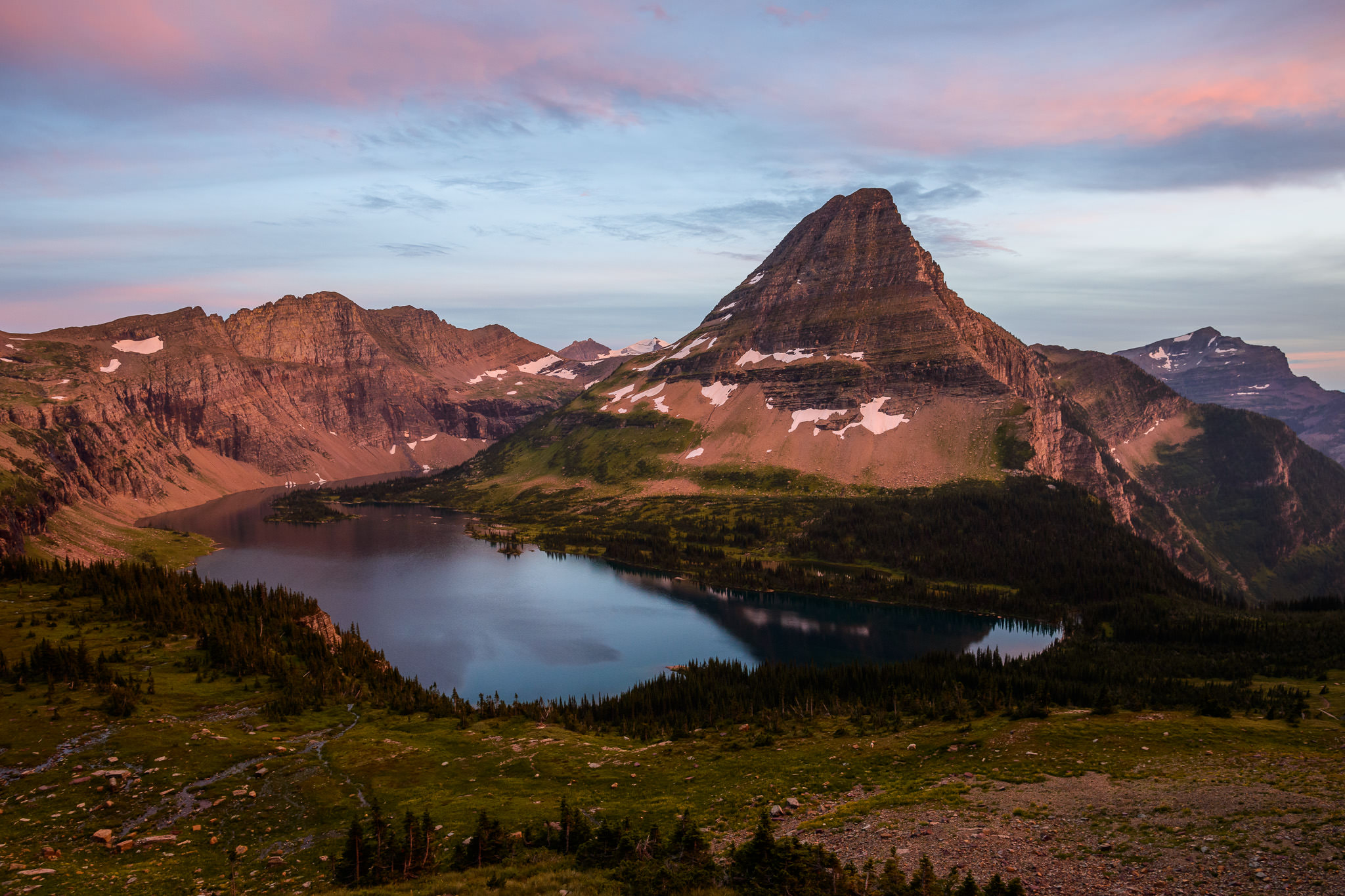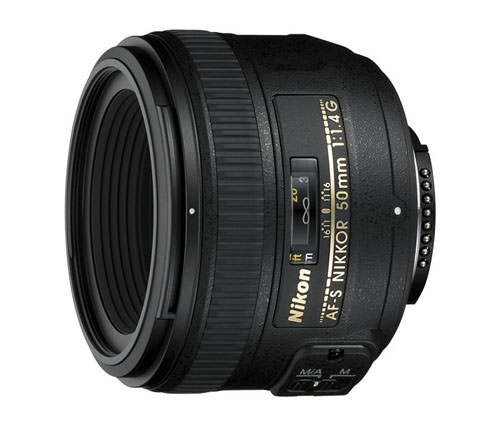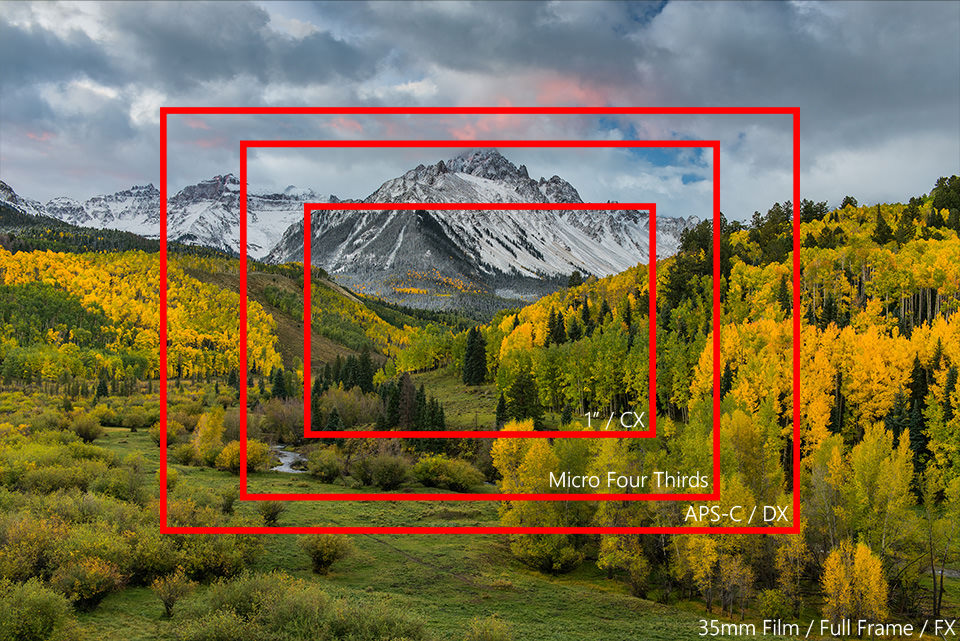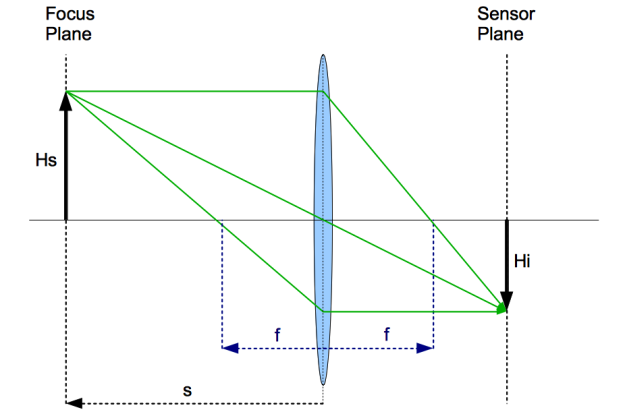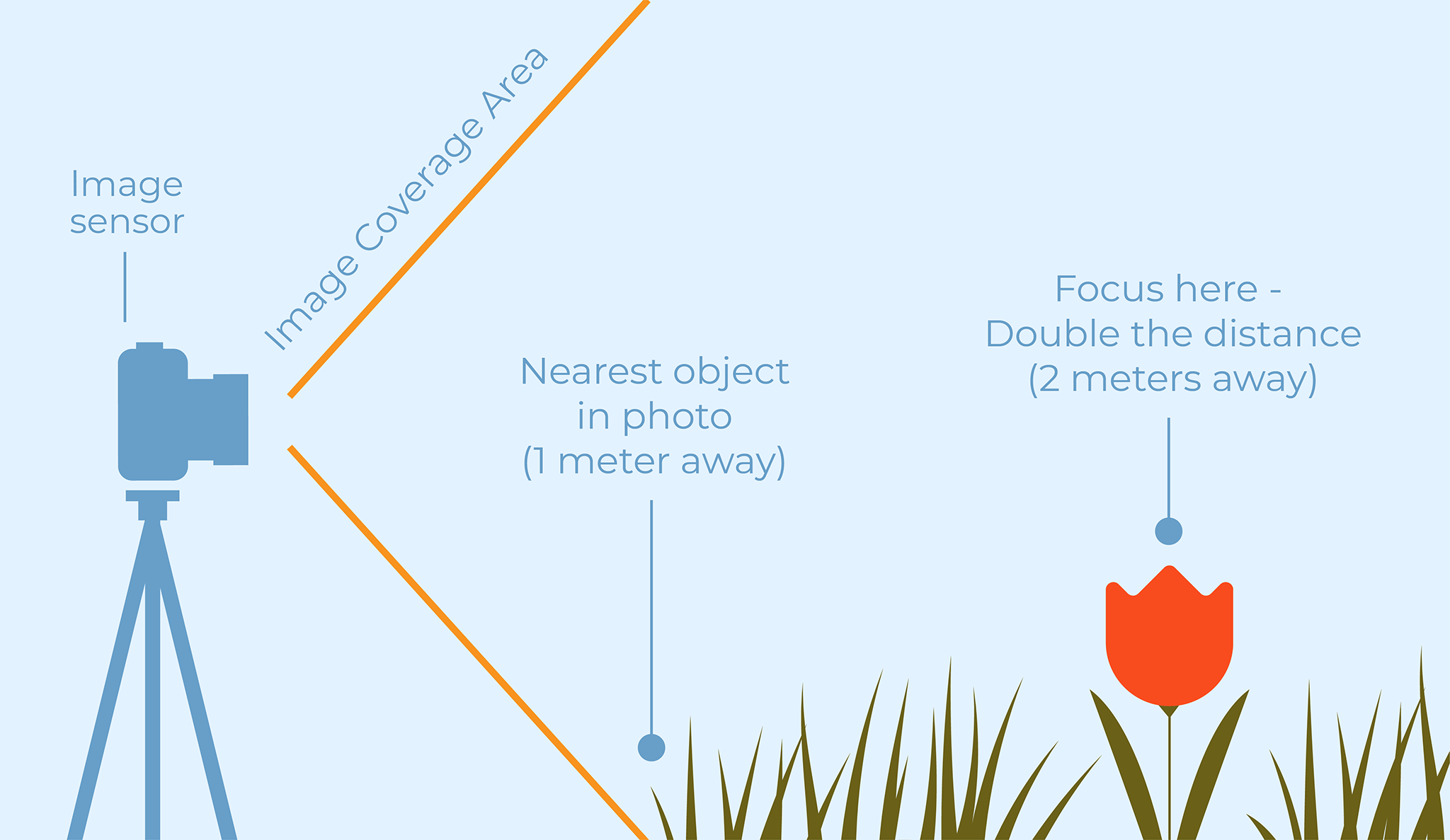Way back, the original question was if adding a teleconverter changes depth of field. Based on simple optics, I had posted a response that it really should not. (I tend to use simple optic systems to let me understand basic concepts and then just try to learn how my lenses work out by using them and seeing what things look like - anything more is just too much math!).
Calculating depth of field, for me, really can’t be as precise as the online calculators suggest due to the subjective assessments of what is acceptable sharp focus, how is the out of focus area rendered, what does the transition from acceptable focus to blur look like (abrupt or gradual), etc. The calculators can be fun to play with to get an idea of what one can expect.
Just for fun I made this set of images. I used a 70-200 zoom at the 200mm setting (which is listed as 190mm in the metadata) and kept the aperture at f/5.6 (i.e. not physically changing the aperture setting on the lens for both images). The lens is on a tripod and is focused on the thumb pick (in all of it’s “clown barf” colors!). The first image is without the teleconverter. I then added a 1.4x teleconverter but kept the lens at the same position, same focus point, same set f-stop and took the second picture. I then visited Photoshop to align the two images so I could crop the first to the field of view of the second. (poorly lit office so used a high ISO).
To my eye, looking at the images at the same size on screen and at the same distance (and looking at a print of all three together) the actual narrow area of what I think is acceptable sharp focus is pretty much the same but there is a bit of variation. The “19” mark seems similar in all but the “17” mark is not as sharp in the teleconverter image than in the non-teleconverter one (which also is not fully sharp at "17").
What is interesting to me is the more gradual changes seen when the teleconverter is not in place and the more abrupt transition to blur and very different rendering of that blur when the teleconverter is used.
So, if one defines depth of field as the area in front of and behind the plane of focus that is essentially as sharp as the plane of focus then I do not see, in my small test, significant differences. However, if one looks at the overall transition from sharp to sort of sharp to blur then the apparent depth of field when using a teleconverter does appear to be shallower. Interesting!
View attachment 57370


